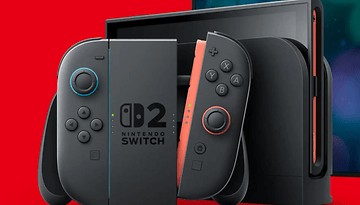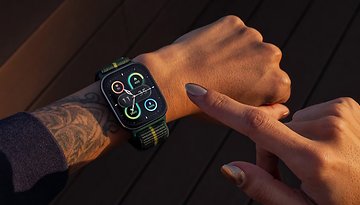Apex Construct on Oculus Quest: how one of the best VR games broke its chains
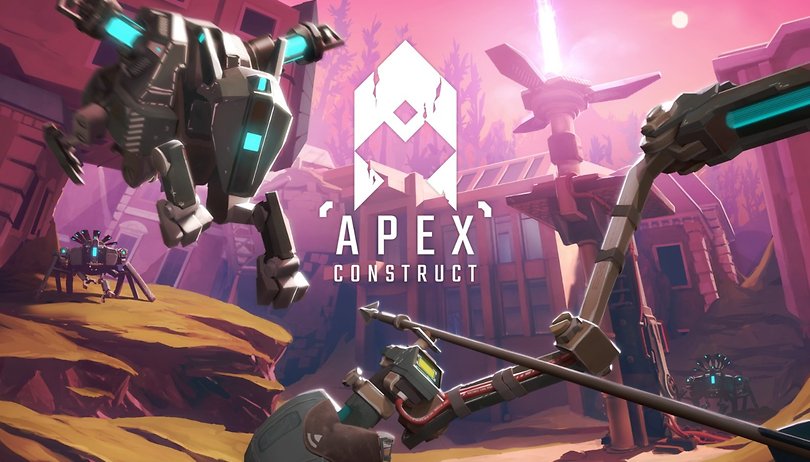

Read in other languages:
The Oculus Quest has just been released, promising PC-level gaming experience on an all-in-one standalone kit. But is this too good to be true? Well, it’s not so impossible as you might think. I spoke to the devs at Fast Travel Games, the studio behind Apex Construct, one of the most successful games that to make the jump from PC to Quest.
Apex Construct is considered one of the most fully realized ‘made for VR’ games, on console and on PC. With an intriguing story, unique art direction and hours of playtime to complete, it stands to be one of the benchmarks for whether the Oculus Quest can really deliver on the same quality of PC gaming while ditching all the inconveniences.
To get some insight into the ambitious effort of bringing the full game from high-powered PCs to the relatively lightweight mobile hardware on Quest, I chatted with Kristoffer Benjaminsson (CTO and co-founder) and Andreas Juliusson (Marketing & Communications Manager) from Fast Travel games.
Every Quest has a beginning...
How did you get started on the road to making this for Oculus quest? Were you confident about making everything work on a headset with a mobile chip Or did it seem like a big challenge?
Kristoffer:
"Before starting Fast Travel games I spent the last 10 years at EA but one of the things I did was heading up the mobile team that ported the Frostbite engine to iOS and Android. And the vision back then was that everything you could do on console should be doable on mobile. And I wanted to enable basically what the Switch had done, to have with you a high-quality gaming device with you everywhere you are, you can play whenever you want. And when we launched Fast Travel to see I wanted to do the same for portable VR or standalone VR.
"At the time, only PC and console headsets had support for positional tracking, which was an absolute must-have for us, we want to we wanted to convey the players inside the world and allow them to interact with the world, which was one of the core design principles for Apex construct.
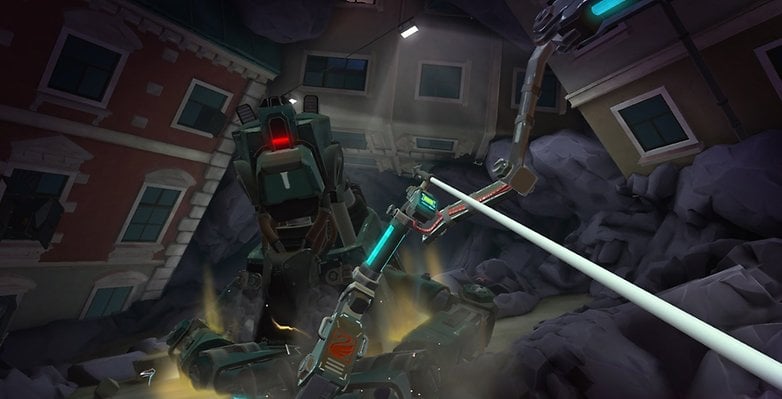
"But I was able to work a lot with ARM back my Frostbite days so I reconnected and asked, hey, do you want to do a project with us and explore what we can do with mobile VR. And we did a joint project for GDC last year, where we ported a piece of Apex for Gear VR that showed that we could reach the same, at least perceived fidelity. That kind of was the thing that made us think that yeah, we can definitely do this for the Quest and get some really, really good results. If we do it the right way, if we apply for the knowledge that we have gained from the ARM projects, kind of do it from scratch.
It's the same game from a gameplay perspective
Andreas:
"It was actually us who approached Oculus and said, ''Hey, we want to do Apex for the Quest, do you want to see?'', and they were appreciative. So early on they were excited about getting this for Quest. We've heard from the Oculus that they believe is one of the most visually striking and impressive items for the Oculus Quest. So really good partnership, Oculus has supported in the whole process of bringing the game to Quest at the launch time.
"It is the same game from a gameplay perspective. And we got everything we need from the Quest that we also had on the Rift - you could do everything on our game, to go and explore and interact with the world just as you do on PC, but with the additional freedom that you can actually just pick up the headset, put it on and play, whatever, wherever, whatever.
"I mean to me, it's actually on there. I understand that people always look at screenshots of gameplay footage and compare side by side. And yes, there are differences. Of course, it's not a PC. But from a gameplay perspective, an immersion perspective it is as good as the PC version and we're so happy about that."
Simpler graphics doesn't mean less immersion
I've been spending some time with Apex Construct both on the PC and on Quest and, and I'm kind of glad to see the old smartphone headsets go away in favor of true standalone VR. There are graphical details that you won't get on the Quest. What would you say to those who are worried about a graphical downgrade if they opt for the Quest as their gaming platform?
Kristoffer:
"It's one of the very, most common questions we get. People say, yeah, we can, if you see that you have reduced quality of the textures. We haven't actually, it's about the same texture, but yet less. So instead of, you know, multiple textures layers, things you will see on the rocks and the glass for instance, we just went with one. That's somewhat related to performance. But it's also about the amount of time and effort it takes to retain the entire world. That's how to generate so much of the world we kind of get rid of all the smallest stuff that you don't necessarily notice that costs performance, even if we could get carried away with it on PC.
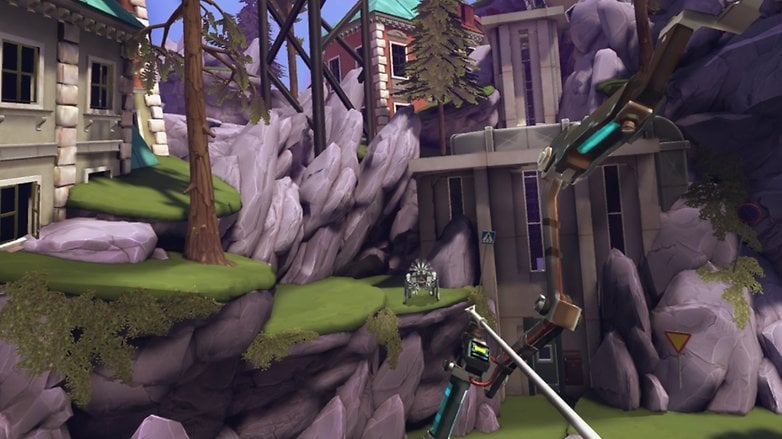
"So I mean, for us, we are super excited that we could know port and realize an entire PC console game on the quest. But we are even more excited about what we will do in the future now that we know the platform so much better. Now, what happens if we make content that is more suited. Not as in cheaper or simpler but using the knowledge that we had about the platform to do something that can be more effective in visual fidelity and understanding how players are actually using their standalone headsets.
"I kind of view the question (of visual detail) if I do the comparison to movies and TV shows, I cannot compare the experience on Netflix, you know, to going to the cinema and watching a blockbuster movie, you have super high-quality productions on both. But when you consume media, time-wise, and what you expect in terms of visual fidelity might not be the same. But it doesn't mean that you don't have an equally good time, quality time spent either way."
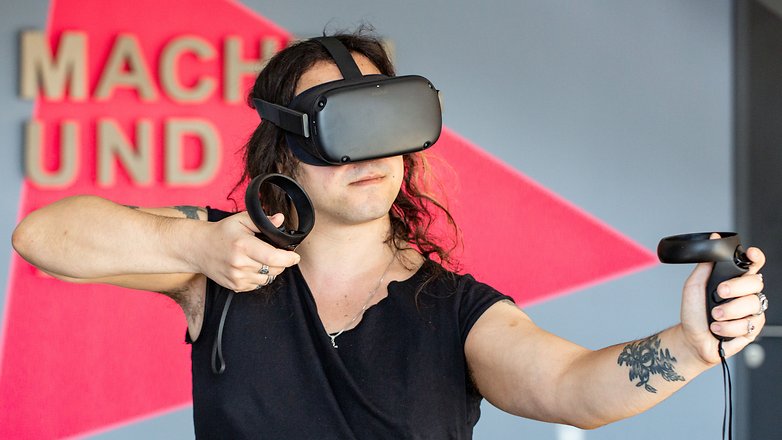
Kristoffer's analogy has something to recommend for it. For all a studio wants to big up their game, the proof is in the pudding as far as I'm concerned. Having switched between playing Apex Construct on PC and Quest, I can hardly say that having fewer textures detracts much from the game experience, particularly when you factor in the comfort and freedom of being untethered to a computer.
What's next?
With Apex Construct now being available on every VR platform that matters, Kristoffer and Andreas are now keen to observe how consumers, both VR veterans and new converts alike actually use the Oculus Quest.
Andreas:
"Will they be standing up or walking around? Will they be showcasing it at friend's houses? Communicating with their headsets on? Those are questions I think that in the next few months will help us see how it affects gameplay or game development for future Quest titles.
"In the future, most players will probably be on cheaper on mobile, portable devices. And then you will have the super high-end experiences on the minority. There's no black and white. It's a spectrum. From the studio perspective, we are focusing on what type of stories and games we want to make. And where do they make the most sense? Instead of just looking into one or two platforms, we will definitely target everything and kind of pick the right call depending on the experience."
Oculus Quest IS released May 21, and Apex Construct will cost $19.99 for the Quest, just like on PC.
What do you think of VR gaming? Are you tempted to try the Oculus Quest?











